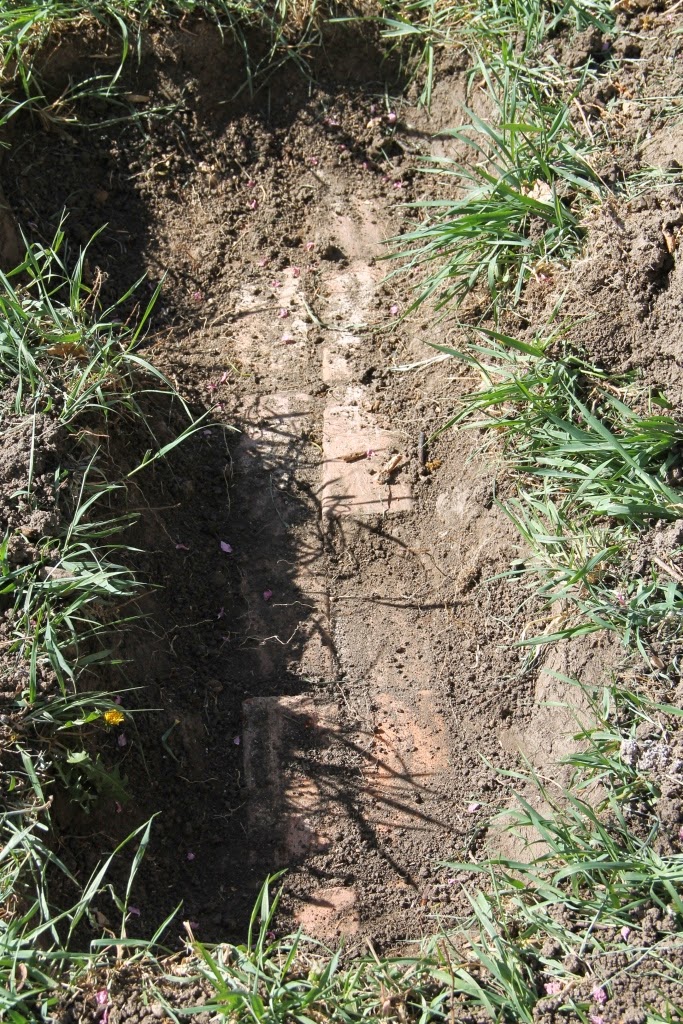The Second Annual End Hunger in New Mexico Summit, scheduled for Sept. 23-24, will feature an impressive group of keynote speakers. [Archbishop John Wester of the Archdiocese of Santa Fe was originally scheduled to address the event, but something came up (Pope Francis visit to the U.S.!)]. The Albuquerque Marriott, 2101 Louisiana Blvd. (map), will be the site of the summit. Two of the keynote speakers lead organizations that have endorsed the Interfaith Hunger Coalition (IHC): Adelante/The Storehouse and New Mexico Voices for Children. The IHC will have a display at the summit and will also be presenting a workshop on Wednesday, September 23, !;45-2:45 p.m. in the Acoma Room. Here is a description of our workshopKrista Kelley, is seen as a visionary in the design and implementation of numerous projects that have changed the course of New Mexico communities through hunger, healthcare, employment and access to vital services... Albuquerque kindergarten teacher Sonya Romero has gained international recognition for her generosity toward students at Lew Wallace Elementary School....Since 1984, Pastor John Hill has served his fellow man in the non-profit sector, focusing on individuals coming directly out of the prison system, with drug and alcohol addictions, or with employment challenges...Rev. Jack Bunting is currently serving as the President/CEO of the St. Felix Pantry, Inc. in Rio Rancho, and continues to be passionate about serving the needs of the poor, hungry and hurting within Sandoval County and the State of New Mexico...Sherry Hooper took over as executive director for The Food Depot, Northern New Mexico’s food bank in September, 2001. Ms. Hooper co-founded the Santa Fe Food Policy Council and served on the Council as a City of Santa Fe appointee for four years...Crystal Fitzsimmons leads FRAC’s work to increase participation the federal school, summer, and afterschool nutrition programs. She analyzes policy to advocate for legislative and regulatory... improvements to increase low - income children’s access to the nutrition programs...Veronica Garcia became New Mexico Voices for Children’s executive director in 2012... As New Mexico’s first Cabinet Secretary of Education, she pushed for funding for programs such as school - based health clinics, breakfast in the schools, and elementary physical education.
Faith In Action: An Introduction to the Interfaith Hunger Coalition

Our interactive workshop introduces participants to the vision and activities of the Interfaith Hunger Coalition focused in three areas; education, advocacy and direct action. Here’s an opportunity for faith communities to collaborate in a common place. Explore how you and your organization can join forces without duplication of services.
Check out the full schedule of events, including descriptions of all the workshops and more information about the keynote speakers. You can register on site at the summit on September 22-24. The registration fee is $20. Participants are encouraged to bring non-perishable food items, which Desert Harvest will distribute to feeding sites in Albuquerque.

















































